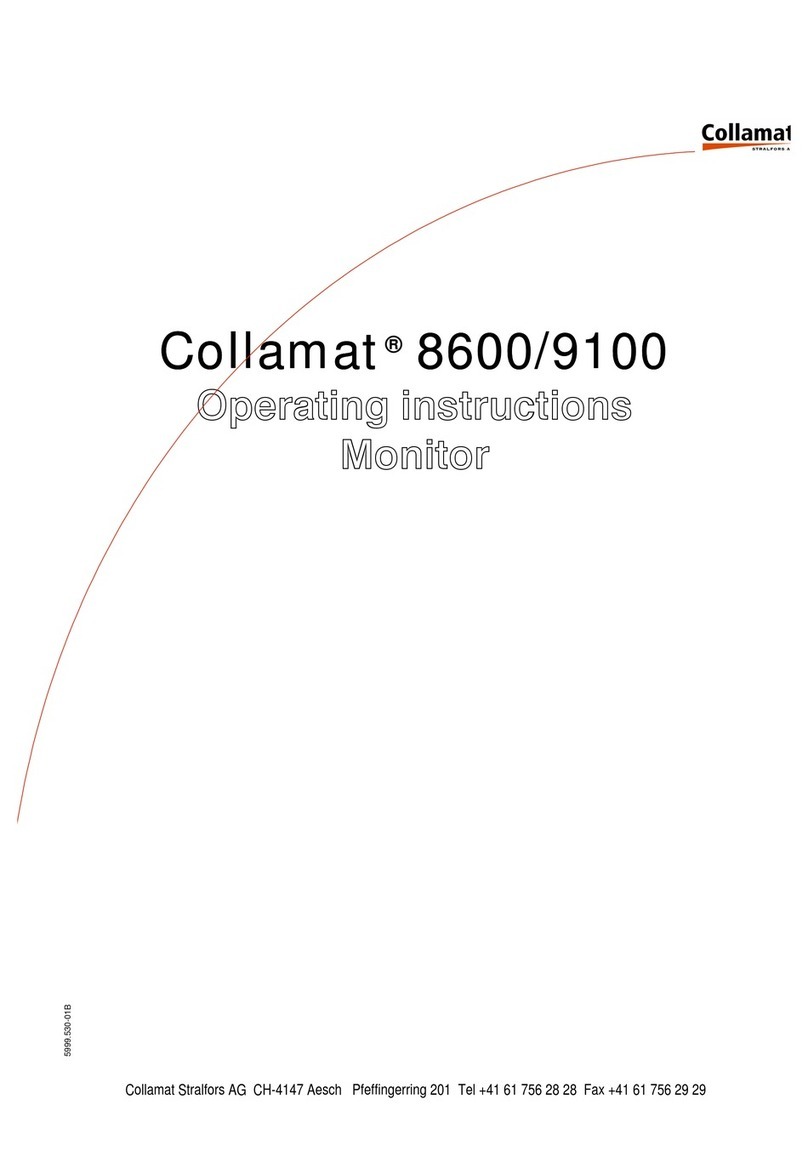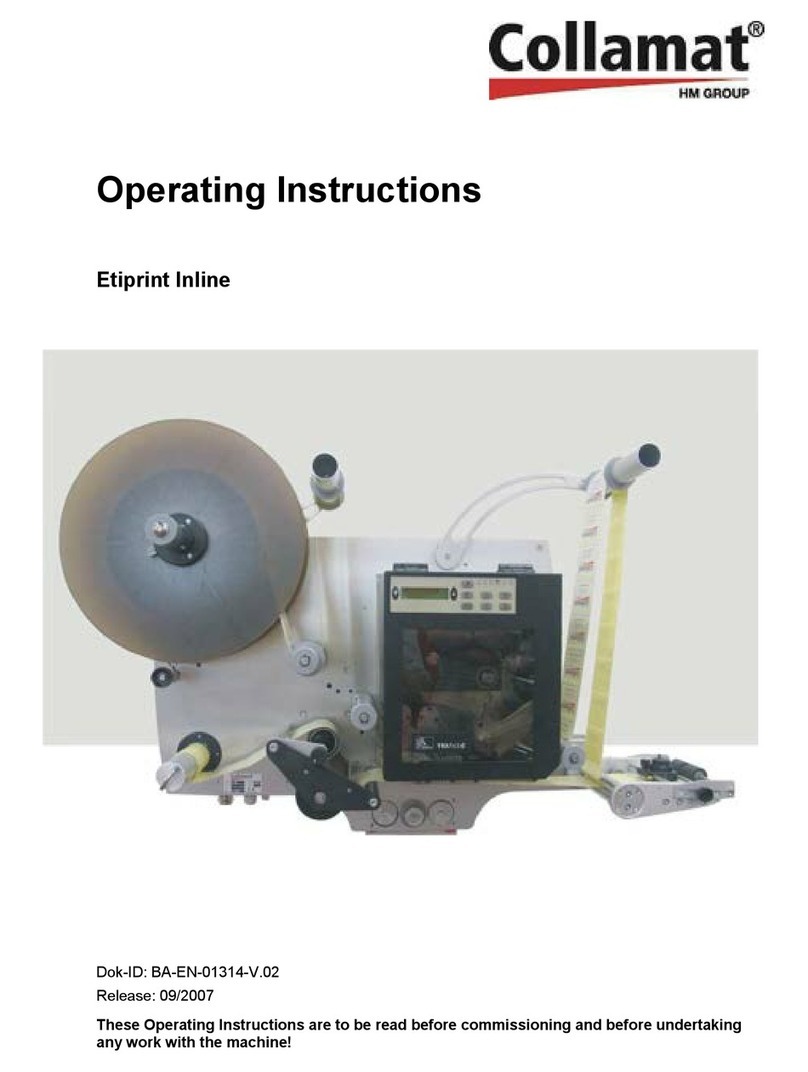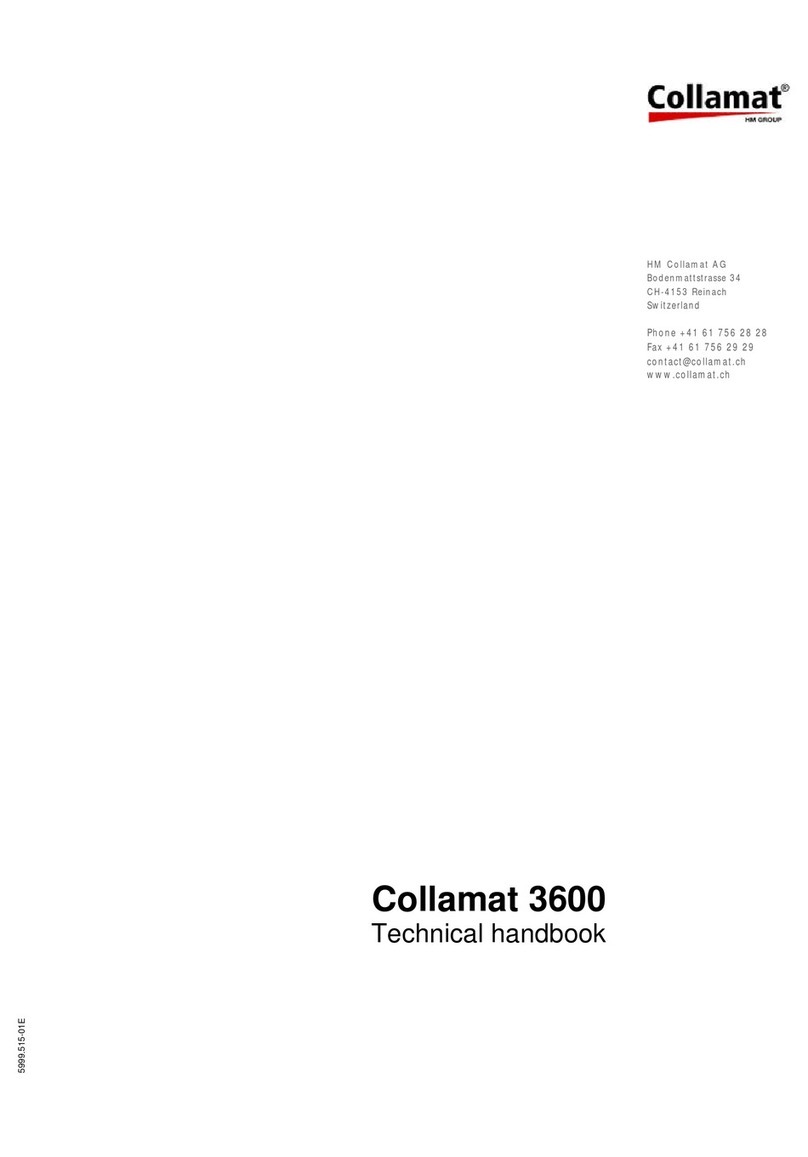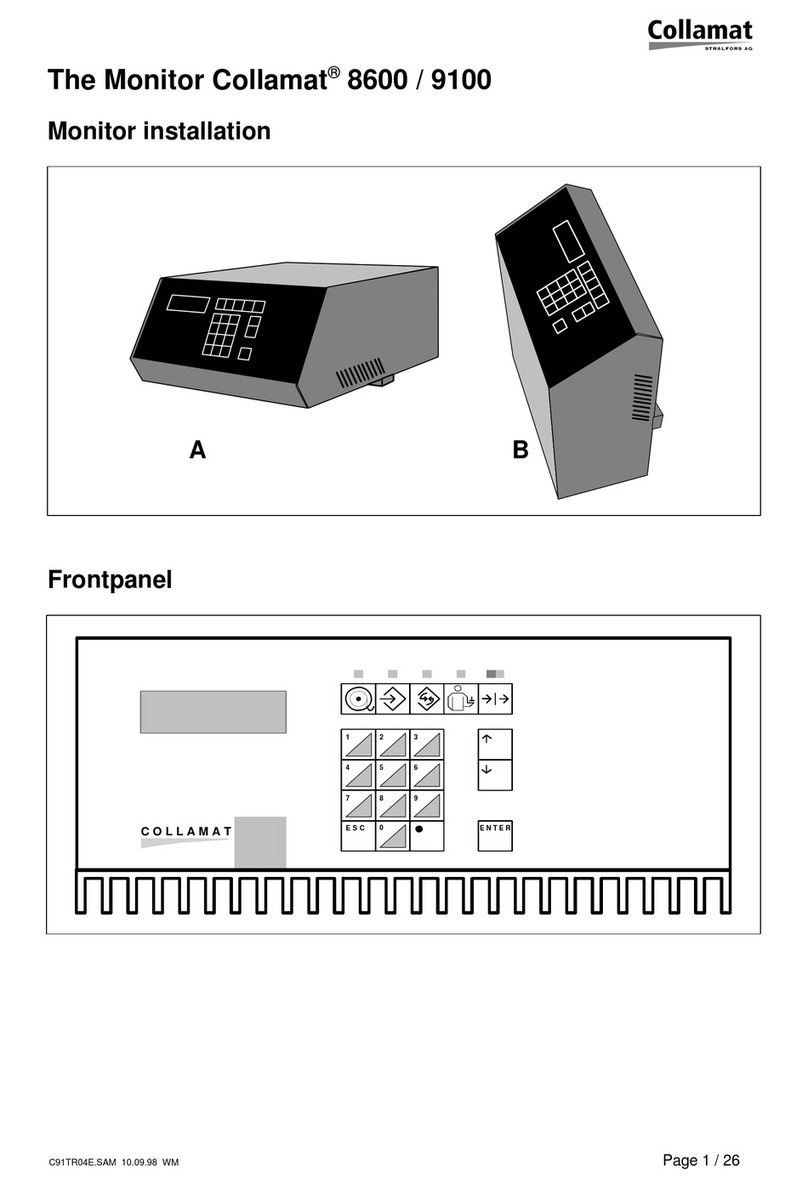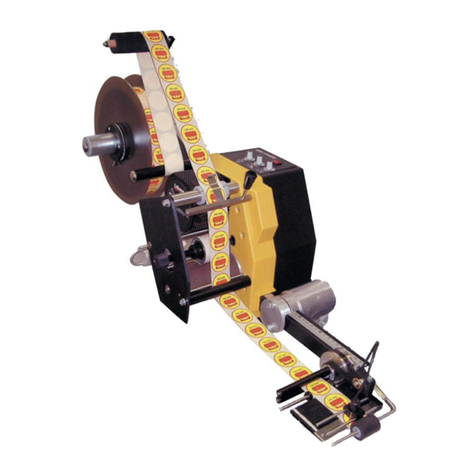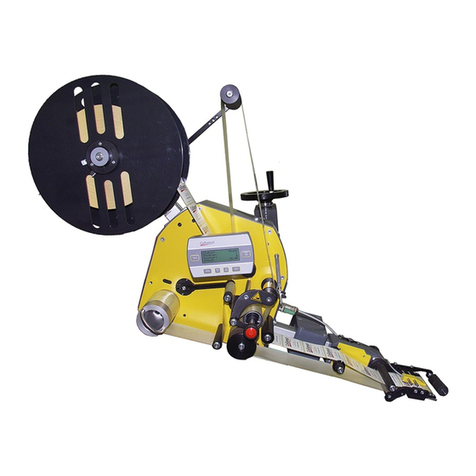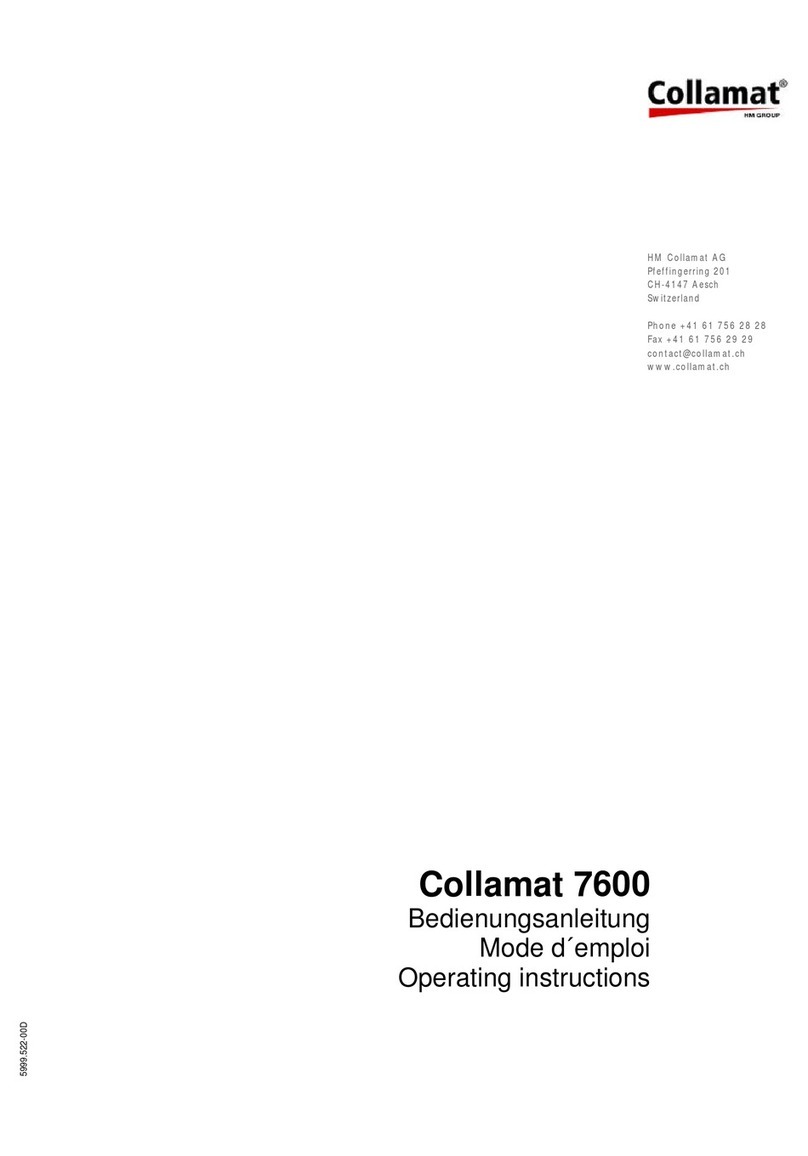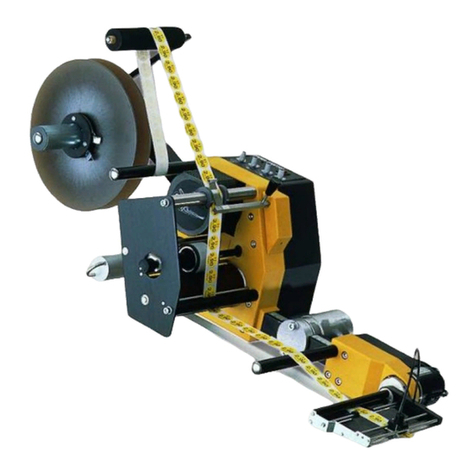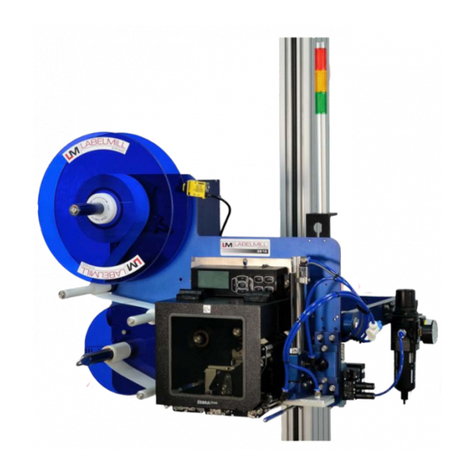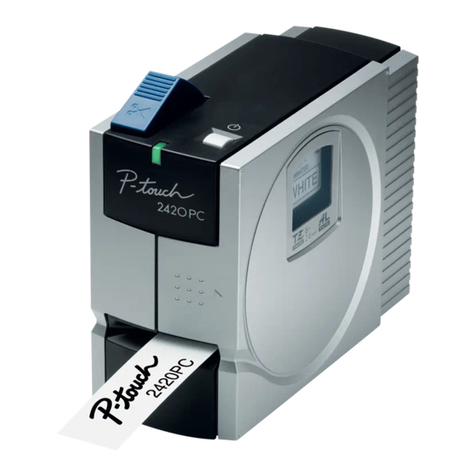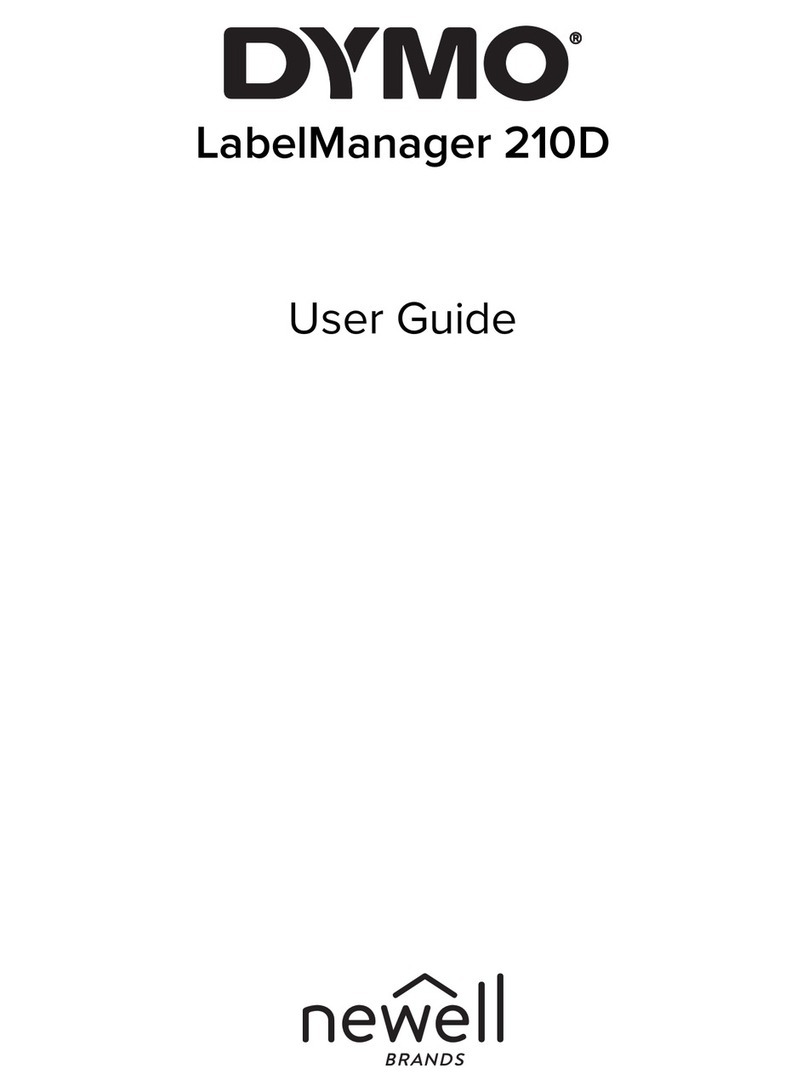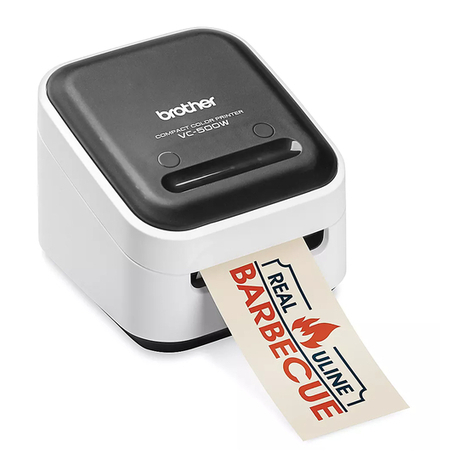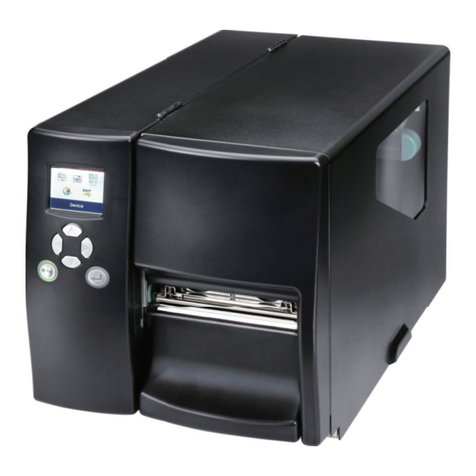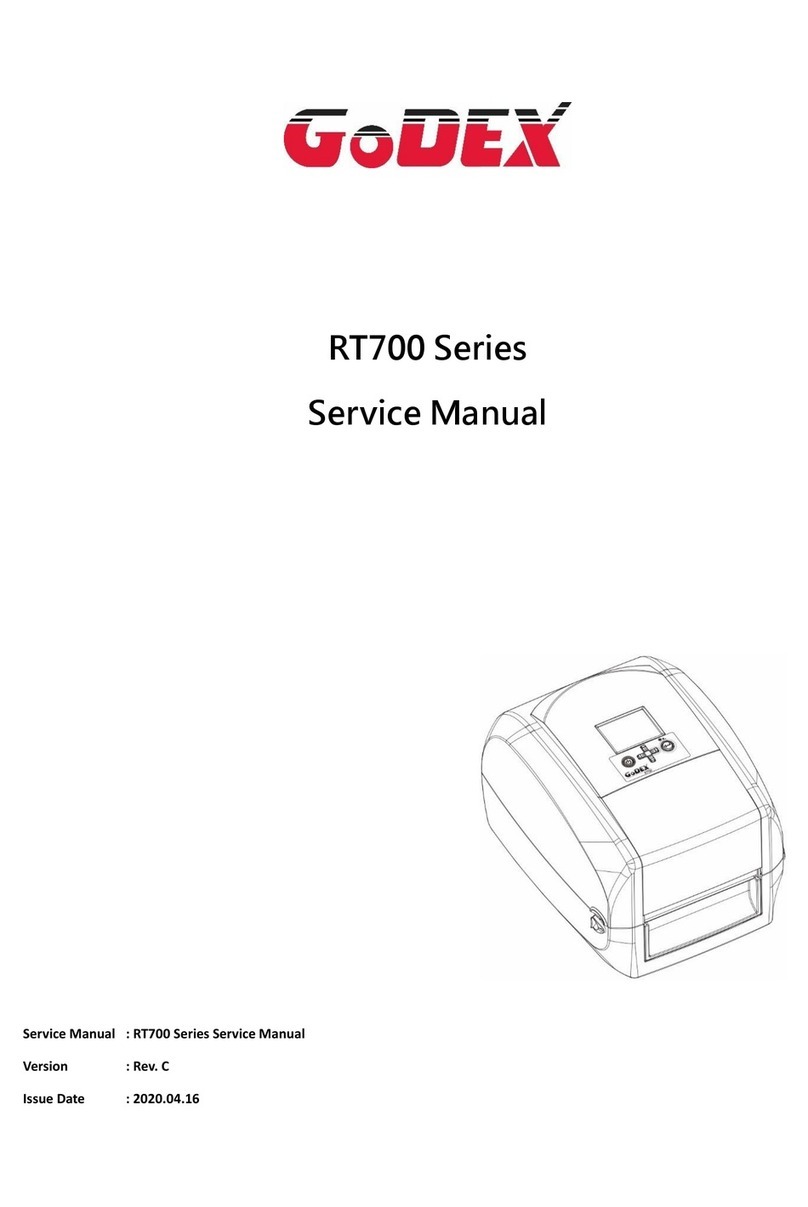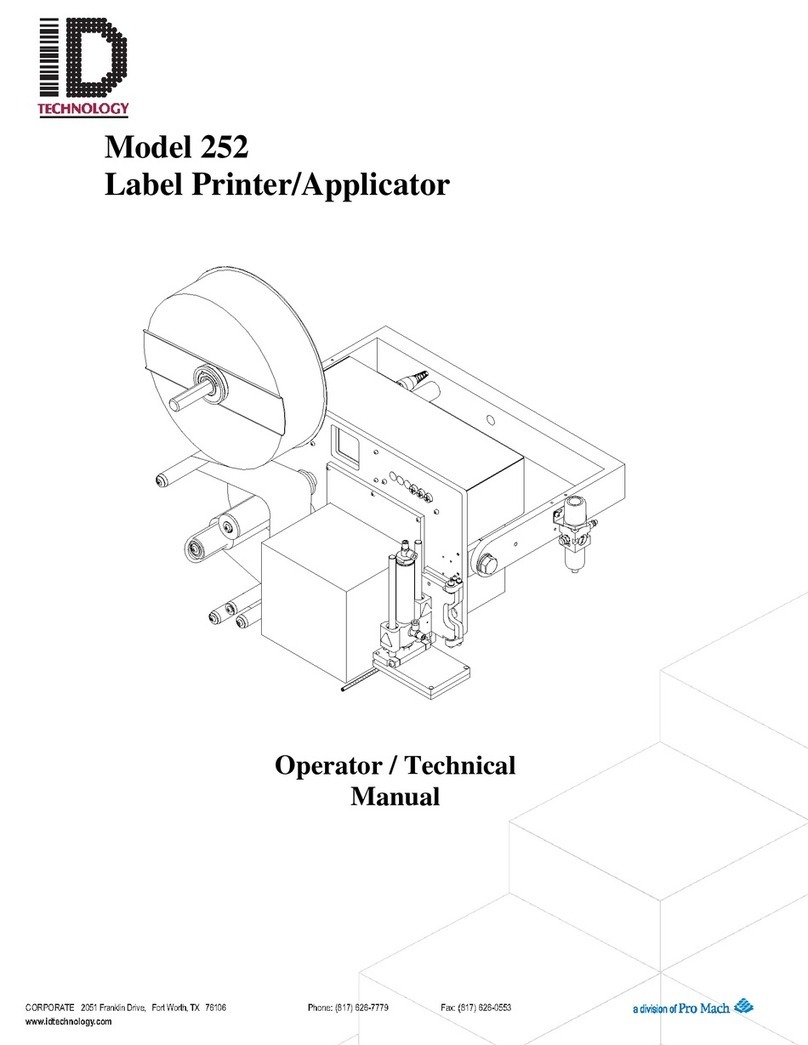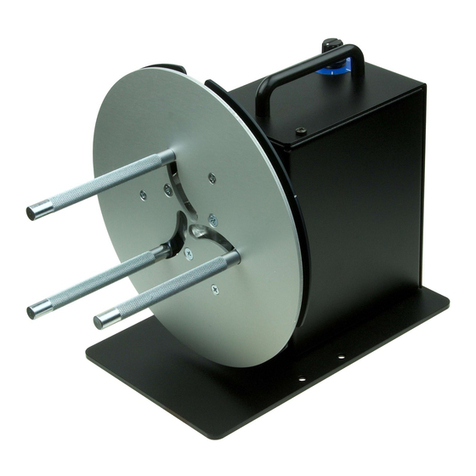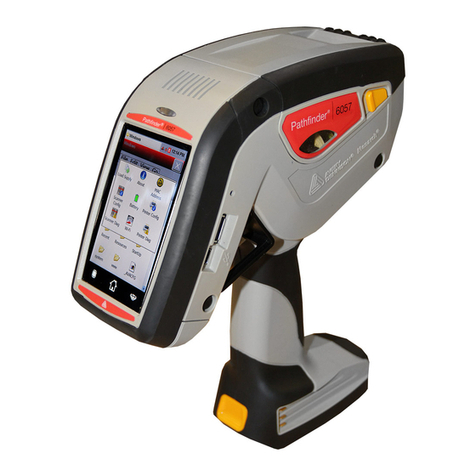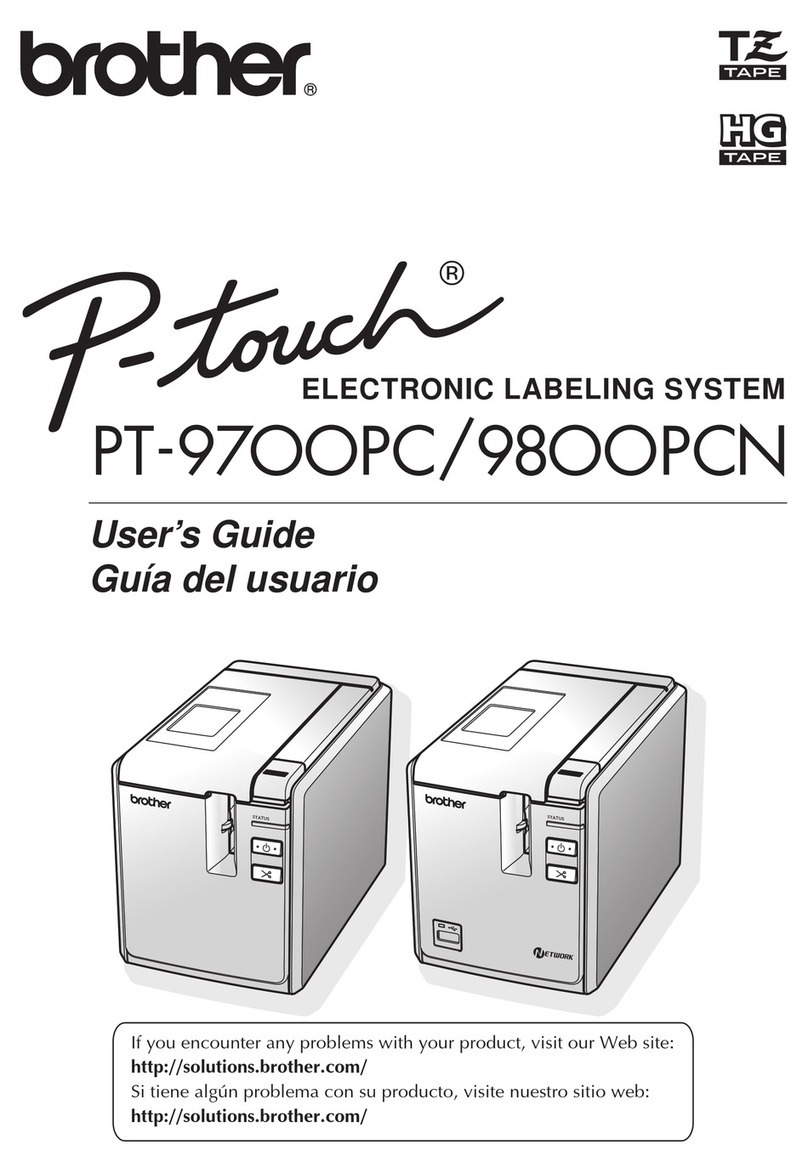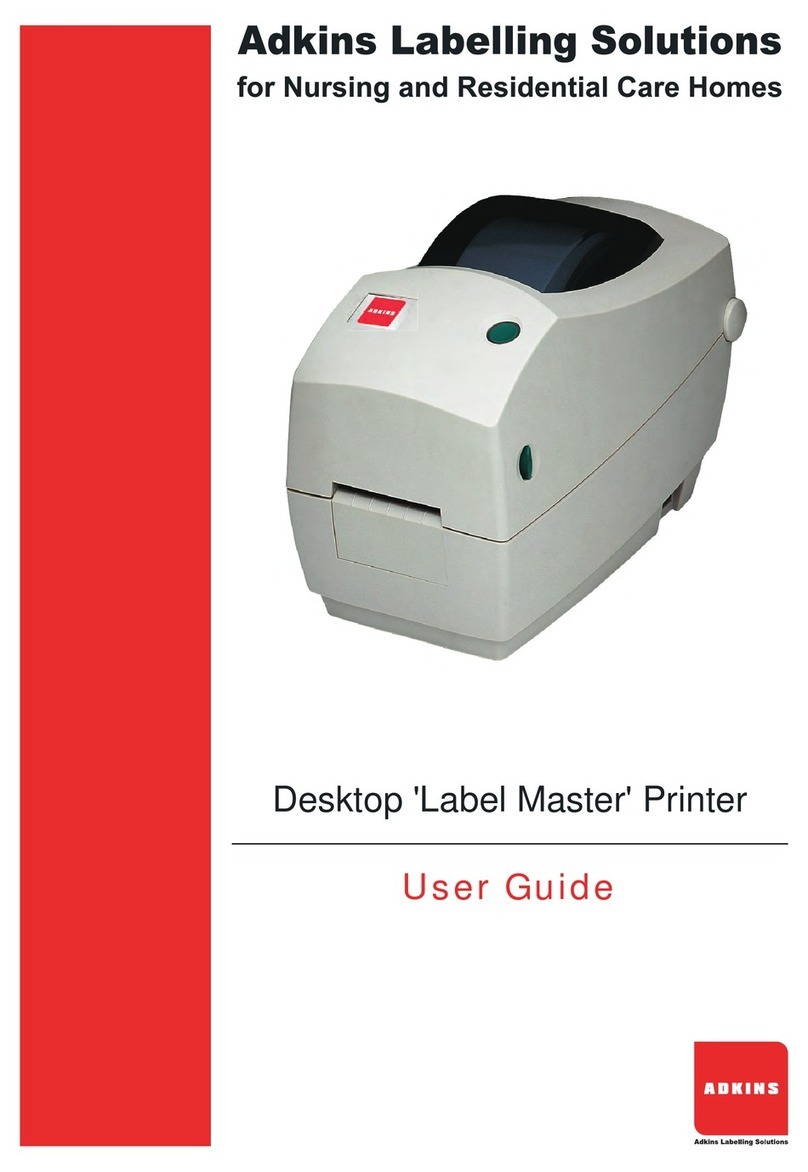
Contents
4
5.2 Symbols on the packaging...........................................31
5.3 Transport inspection.....................................................32
5.4 Transport......................................................................32
5.5 Packaging ....................................................................33
5.6 Storage.........................................................................33
6 Installation and assembly....................................................34
6.1 Safety ...........................................................................34
6.2 Preparation...................................................................35
6.3 Requirements of the installation location .....................36
6.4 Assembly......................................................................36
6.5 Mounting ......................................................................38
6.6 Electrical connections ..................................................40
6.7 Wiring ...........................................................................41
6.8 Inspection on conclusion of installation work...............41
7 Start-up and operation.........................................................42
7.1 Safety ...........................................................................42
7.2 Adjustments .................................................................43
7.2.1 Thread up the labels.....................................44
7.3 The most important mechanical adjustments ..............44
7.3.1 Force of the paper break ..............................44
7.3.2 Rewinder clutch adjustment .........................45
7.3.3 Modular rail ...................................................45
7.3.4 Pressure roller ..............................................46
7.3.5 Adapter tilt angle...........................................46
7.3.6 Adapter front pressure roller.........................47
7.3.7 Adapter – optical label scanner ....................47
7.3.8 Adapter – alternative label sensors ..............48
7.3.9 Unwinder - adjustments................................49
7.4 Operation .....................................................................50
7.4.1 Adjusting the labeler on the operator panel..50
7.5 Parameter - explanatory notes.....................................51
7.5.1 Labeling parameter - speed..........................51
7.5.2 Labeling parameter - Predispensing ............52
7.5.3 Labeling parameter – label scanner .............52
7.6 Jumper Adjustments ....................................................53
7.6.1 Jumper - Turning direction of the motor .......53
7.6.2 Jumper - IFEED polarity ...............................53
7.6.3 Jumper – Test functions ...............................54
7.7 Placing into operation ..................................................54
7.8 Switching off.................................................................54
8 Connections + buildup [electronic] ....................................55
8.1 Mainboard ....................................................................55
